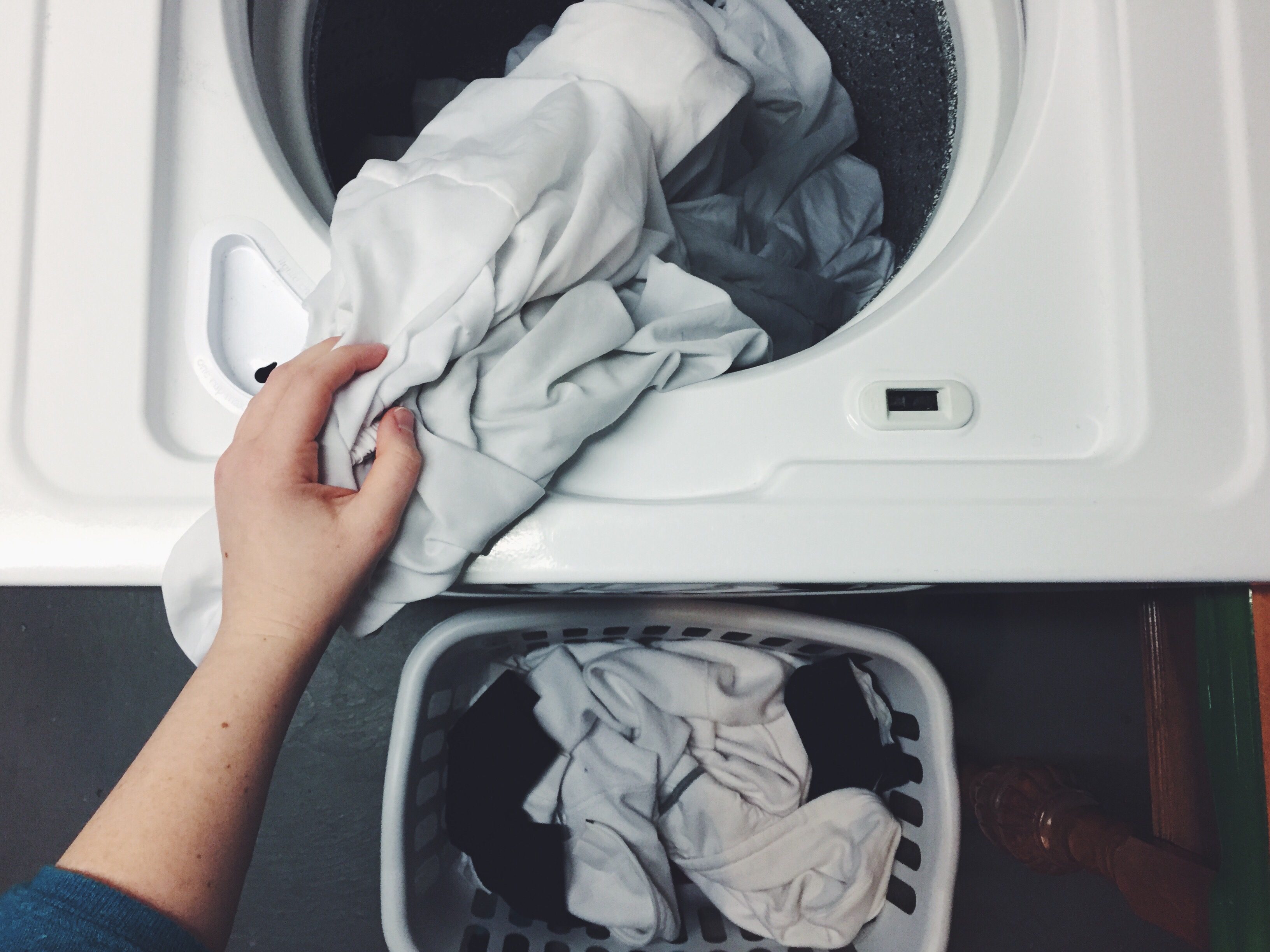Guest blog by Emma Rohmann, an environmental engineer, mom of two and founder of Green at Home.
Are you doing enough to reduce air pollution? And no, I’m not talking about reducing smog. I’m talking about the air quality inside your home, which has been found to be 2 – 5 times more polluted than outside air by the U.S. EPA. Since we spend upwards of 90 per cent of our time indoors, this is definitely concerning. But the good news is, there are simple actions you can take to improve your indoor air quality – and your health.
Although you may not be able to see indoor air pollution, that doesn’t make it any less toxic. These invisible indoor air pollutants are in products we use every day and are found in everything from our personal care products and cleaners to laundry soap and fabric softeners. And those air fresheners? They’re making your air anything but fresh.
Even low levels of these pollutants in our homes are linked with cancer, hormone disruption, allergies, asthma and chronic diseases.
The good news is that there are ways you can help reduce your overall exposure to indoor air pollutants without having to completely overhaul your home.
Sources of indoor air pollution
Before you can reduce indoor air pollution, you need to understand what’s causing it in the first place.
- Body care products have to list all ingredients on the label, with one big exception: fragrance. It might not look like a problem, but the fragrance/parfum/aroma you see on ingredient lists can include any number of hundreds of harmful chemicals that include carcinogens, asthmagens and hormone disruptors.
- Cleaning products are not required to disclose ingredients on the label at all – and this is not because they’re safe. In fact, Environmental Defence tested the impact of cleaning products on indoor air quality. They found that all cleaning products (even those labelled as “green”) increased the VOCs (or volatile organic compounds) in the air during and after cleaning.
- Dust is a surprising source of high concentrations of flame retardants from furniture and electronics.
- Fabric softener and dryer sheets coat your clothes in a combination of chemicals including synthetic fragrance and anti-static ingredients that are asthmagens and allergens.
- Room sprays and air fresheners are similar to other cleaning products, and contribute synthetic fragrance ingredients and VOCs to your indoor air.

Simple ways to reduce indoor air pollution in your home
Here are some simple tips to help you improve the indoor air quality in your home:
- Choose cleaning products that are free from synthetic fragrance and that disclose their ingredients. Use the Environmental Defence Toxic Ten Pocket Guide to help you avoid the worst ingredients.
- Run your exhaust fans and/or open windows to help flush outside air through your home whenever possible. This is especially important when cleaning.
- Skip the fabric softener or dryer sheets. Opt for natural alternatives like wool dryer balls instead.
- Consider an air purifier to help further reduce indoor air pollutants, particularly if you suffer from asthma or allergies. Plants may help clean the air as well, but they aren’t a complete purification solution (learn more here).
- Avoid using room sprays and air fresheners. If you need to freshen up the space, open windows.









